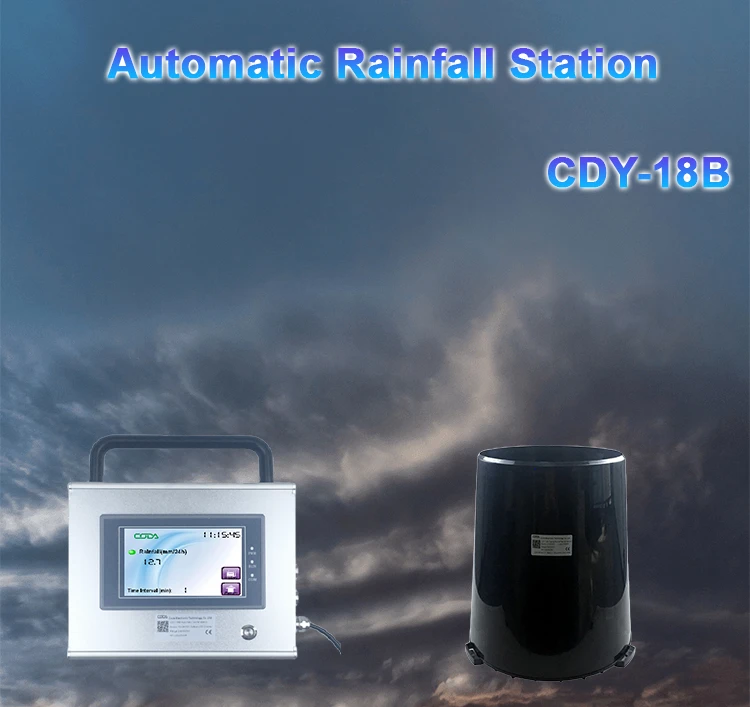What Is a rain sensor?
Rain is a natural event that can be hard to predict. It affects many parts of our daily lives. Rain helps farmers and keeps roads safe. Because of this, measuring and detecting rain is very important. This is why rain sensor are so useful.
Rainfall sensor is a tool that detects when it rains and how hard it is raining. In this article, we will explore how rainfall work. We will also talk about how they are used and the types that are available now. This will help you see why they are important.
Understanding Rain Sensors:
Rainfall sensor are electronic devices that can detect and measure rain. They work based on electrical conductivity. These sensors make an electrical circuit. This circuit turns on or off when it detects rain.
When raindrops hit the sensor, they complete the circuit. This sends a message to a device that is connected. The signal can start various automated actions. It can also give important rainfall data for many uses.
A typical rain detector sensor has two main parts: the sensing element and the control unit. The sensor detects raindrops. The control unit processes this data and triggers the right response.
Some rain falls on its own. Others connect to larger systems or fit into Internet of Things (IoT) networks.
Applications of Rain Sensors:
Rain sensors are helpful tools used in many industries. Here are some of the main ways they are used:
1. **Agriculture:**
Rainfall sensor are essential tools in farming. They provide farmers with real-time rainfall data. This information helps with irrigation schedules that use 24 VAC. It helps keep crops safe and manage water resources.
By tracking rainfall accurately, farmers can use water better. This helps them avoid too much or too little watering. It also helps them grow more.
2. **Intelligent Irrigation Solutions:**
These systems use rain sensing to change irrigation controller schedules based on the weather. When it rains, smart irrigation systems will stop watering. This saves water and cuts down on waste.
The system keeps the soil moisture at the right level. It does this on its own, without needing help from people.
3. **Home Automation:**
Rainfall sensors play a key role in home automation. They do tasks when it rains. For example, they can close windows, pull back awnings, and turn off the outdoor sprinklers.
They can send alerts about possible leaks. These sensors work with smart home systems to make life easier and more efficient.
4. **Road Safety:**
Rain can make roads dangerous. It creates slippery surfaces and makes it hard to see. Rainfall sensors on roads detect how hard it is raining. This information helps turn on warning signs and change speed limits.
It can warn drivers about dangerous conditions. These actions help make roads safer and reduce accidents in bad weather.
5. **Weather Monitoring:**
Meteorological stations use rainfall sensors to measure rain. These devices help track rain patterns and study weather trends. They also help make accurate forecasts. When used with other weather tools, rain sensor works give important insights into the atmosphere.
Types of Rain Sensors:
Rain detector sensors come in different types. Each type has its own pros and cons. Let’s look at some common options.
1. **Capacitive precipitation Sensors**:
Rainfall sensors detect rain by measuring changes in capacitance. They have two plates. One plate acts as a capacitor, while the other senses rain. When rain drops hit the sensing plate, the capacitance changes.
This change shows that it is raining. Capacitive sensors are very sensitive and give accurate readings.
2.**Optical precipitation Sensors**:
These sensors use light to detect rain. They have an infrared light transmitter and receiver that face each other. When raindrops break the infrared beam, the system notes that it is raining.
These sensors can find droplets that are different sizes. This makes them useful for light rain and heavy storms.
3. **Resistive precipitation Sensors**:
These sensors work by measuring conductivity. They have two conductive paths that run side by side with an insulating space in between. When raindrops connect these paths, conductivity increases, showing that it is raining. These sensors are simple, cheap, and effective for basic uses.
4. **Ultrasonic precipitation Sensors**:
These devices use sound waves to find rainfall. They send out ultrasonic signals and measure how long it takes for the waves to come back. This helps them know if it is raining and how heavy the rain is. Ultrasonic sensors give reliable readings and can deal with wind and temperature changes.
5. **Weight-Based precipitation Sensors**:
These sensors measure rainfall by weight. They have a container that collects rain and a weighing system. As rain fills the container, we track changes in weight.
This gives us accurate data on precipitation. Many people use these systems in rain gauges and weather stations.
Conclusion:
Rain sensors are important tools for detecting and monitoring rain. Many fields use them, including farming, home automation, road safety, and weather forecasting. These devices give real-time data on rainfall. This helps people make better choices, manage resources, and improve safety.
When picking a precipitation sensor, it’s important to choose one that fits your needs. There are capacitive, optical, resistive, ultrasonic, and weight-based sensors. Each type has its own special features. Different conditions and needs work best with different sensors.
As technology improves, we can expect better rainfall sensors. This will make measuring rainfall more accurate and reliable.
